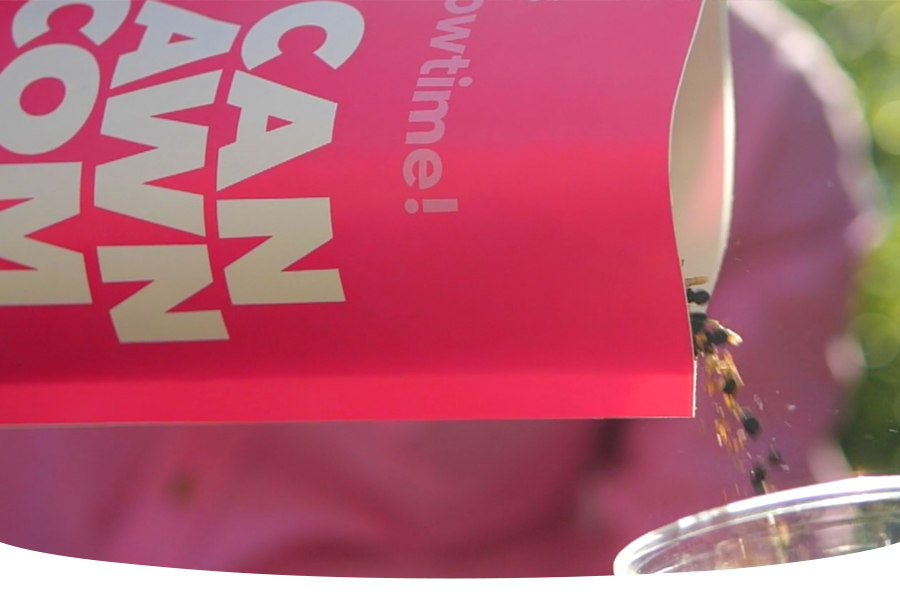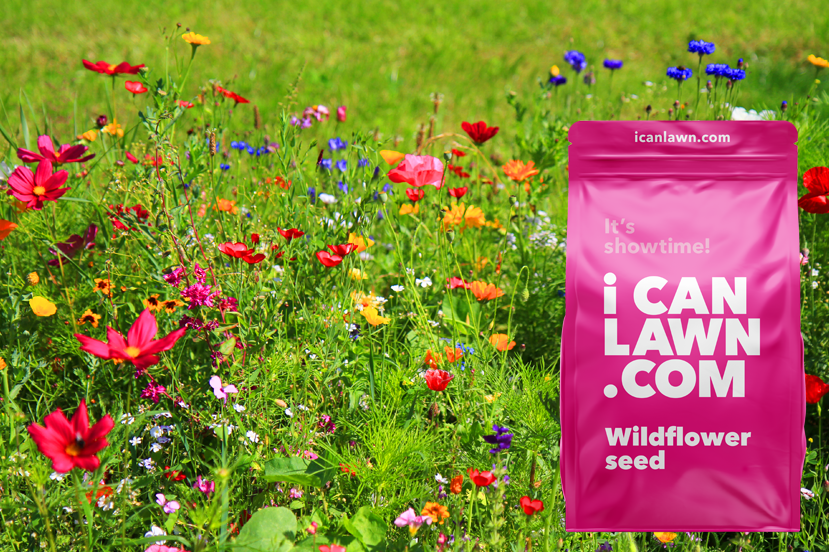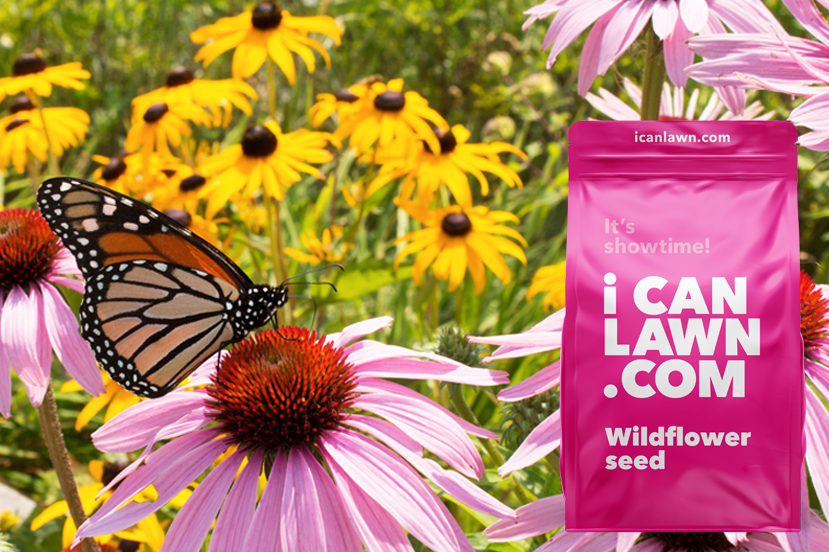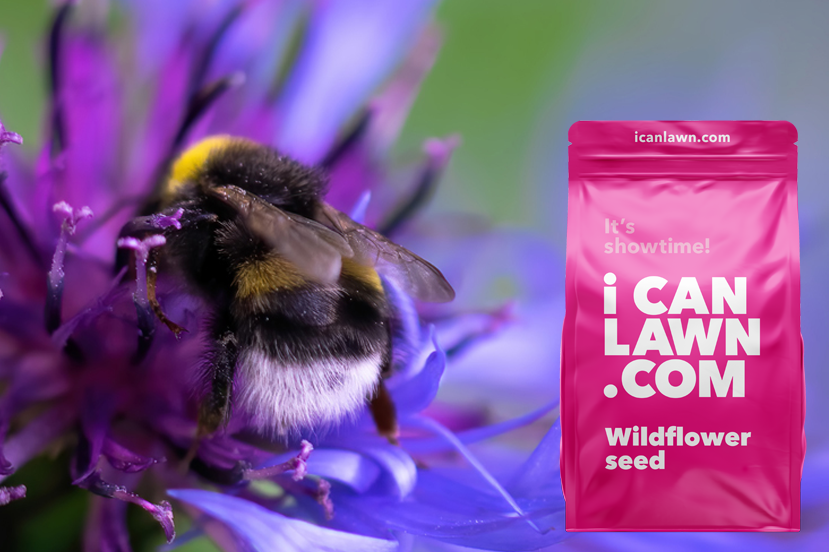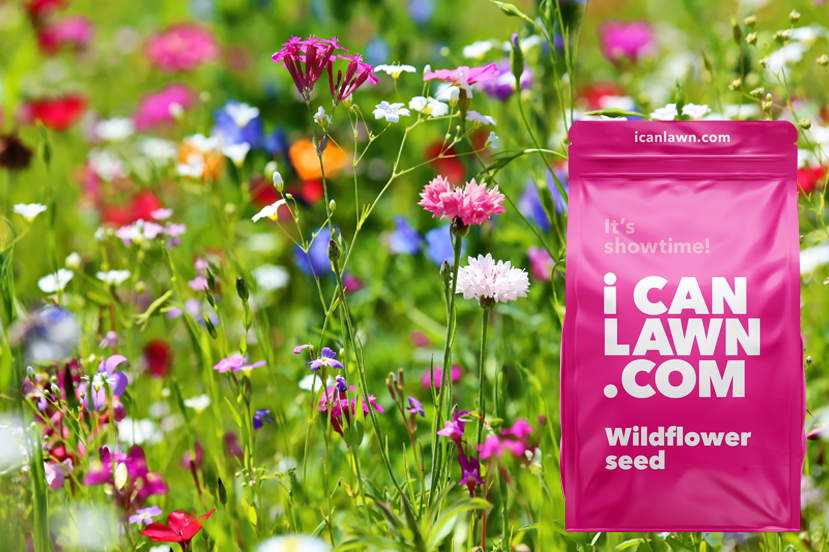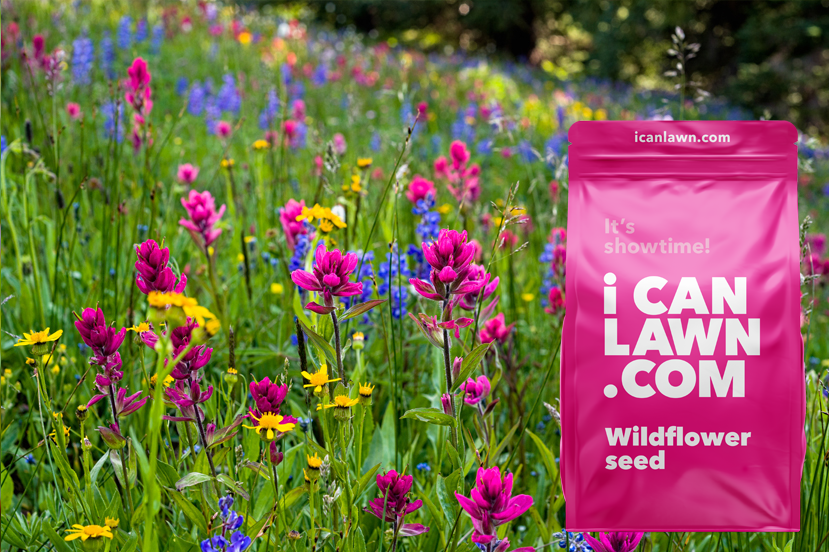When to plant wildflower seeds UK
Knowing when to plant wildflower seeds in the UK will help ensure they grow as best they can and enables you to plan ahead for when they bloom. For example, planting wildflower seeds in spring will bring colourful, sweet-smelling blooms in autumn, and if you plant them in autumn, you will see blooming flowers the following spring!
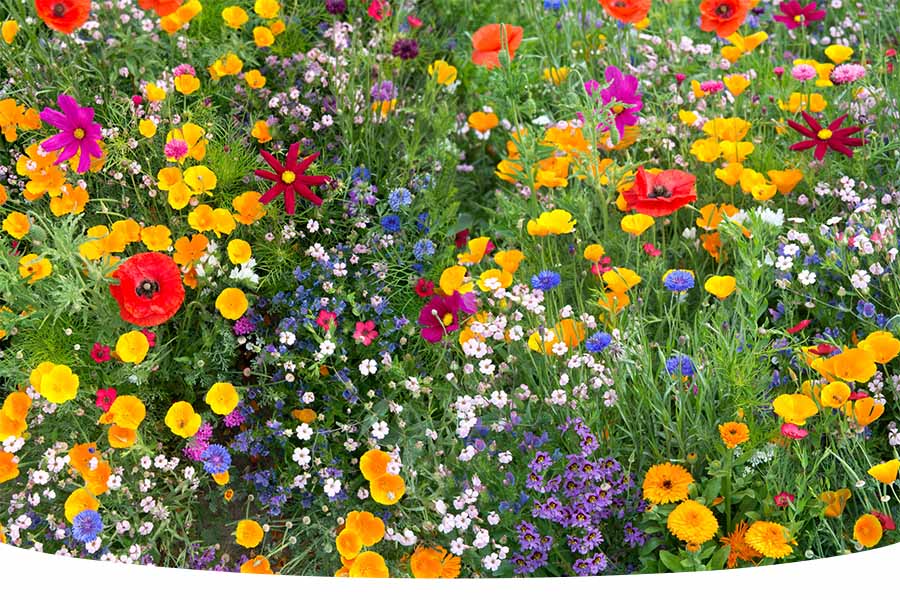
When should I plant wildflower seeds?
Usually, the best time to plant wildflower seeds is in autumn because they need to go through a “winter freeze” known as “stratification”. However, since our wildflower seeds are stored in cold conditions all year round, when you decide to plant our wildflower seeds in the UK doesn't really matter - since they are ready to be planted in autumn or spring and will offer excellent results either way!
If you decide to plant in autumn, just be sure to plant your wildflower seeds before it gets too cold or when it’s frosty or icy outside because this will stop them from growing.

What wildflower seeds should I choose?
You will be pleased to know wildflowers can grow almost anywhere in your garden, but some grow better in some conditions than others. If your garden features clay soils, we have created a colourful wildflower mix of annuals and perennials that love growing in these conditions! We also have a wildflower seed mixture that excels in the shady areas of your garden – our shade-tolerant wildflowers bloom with a wide range of colours and shapes to brighten up even the darkest areas of your garden!
Wildflowers that satisfy the needs of UK bees and butterflies
Feeding UK bees and butterflies is a great sight to behold! So, if you want fluffy bees buzzing and colourful butterflies fluttering around and using your garden as their feeding ground, look no further than our Bees Please and Hi Butterfly wildflower mixes.
Created by combining some of the brightest, most colourful and nectar-filled wildflowers, our Bee Please mix is packed with wildflowers that bees love! The seed mix includes sweet-smelling, tubular and open-petalled flowers like Clover, Musk Mallow and Foxglove. This mix offers a diverse range of colours, shapes and sizes from annuals and perennial wildflowers combined with wild meadow grasses that help create the ultimate wildlife habitat for the entire year.
Since butterflies adore colourful and pollen-rich wildflowers, we ensured our Hi Butterfly mix ticks all the boxes to give them what they desire. This balanced mix of annuals and perennials, which includes Coneflower, Cornfield annuals, Birdsfoot Trefoil and meadow grasses, gives butterflies a beautiful habitat to thrive and encourages other wildlife to join the party throughout the year!
100% wildflower seeds
If it’s colour you're after, then our Absolutely Annuals mix is a perfect choice! It’s a 100% annual wildflower mix that transforms flower beds and borders with a flourish of colour that's ideal for all areas of your garden.
For the best of 100% annual and perennial wildflowers, we have our Bloomin’ Marvellous Meadow. This luxurious mix provides an exceptional burst of colour in its first year, followed by stunning blooms from the perennial wildflowers in the following years.
How to plant wildflower seeds in the UK
Wildflowers are renowned for being low-maintenance plants, and once you've prepared the seedbed, most of the work for planting wildflower seeds in the UK is done!
Prep work before planting wildflower seeds
Remember when starting your wildflower seedbed that, unlike grass seeds, wildflower seeds love poor soil conditions. So, when you're choosing your area, look for parts of your garden where grass doesn’t seem to ever want to grow or spots that look abandoned by growth.
Alternatively, if you’re choosing an area of your garden already in great shape, simply remove the top 5-10cm of fertile soil to lower the nutrient levels, and your new wildflowers will grow better. It is also worth mentioning that fertile soils encourage some wildflowers, like cornfield annuals, to grow undesirably tall, so make sure not to skip this step.
Remove grass, weeds and other flora from the area
Wildflowers do not like guests cramping their style – this is why it’s important to remove all existing grasses, plants and weeds from the soil before planting. If you don’t remove them, they will hinder the growth of your new wildflowers by out-competing them.
Level the area out and wait
Now, you have cleared everything away, and the next step is to level out the seedbed using a rake. This will remove any dips and break up clumps of soil. But should you come across an area that’s difficult to rake, you can use a garden fork to break the soil down more easily.
Once the soil in your chosen area is even, fine and levelled, it’s best to leave it for a few weeks to see if any weeds lying dormant decide to show their face. This gives time for anything that may have been hiding in the soil a chance to come up to the surface, and you can then remove them by hand before planting your wildflower seed.
Plant your wildflower seeds
Just before you start planting your wildflower seed, give the area a final rake-over to level it all out. Then sow your seeds at a rate of 5g per m2, and be sure not to spread them too close together. You can then firm the seeds down using your foot, burying them in the soil. This will help your newly planted wildflowers grow since they are sheltered from the elements and can get all their necessary nutrients from the soil!
Feeding and watering your wildflower seeds
Wildflowers need watering but don’t require additional feeding using fertilisers, etc. You need to keep the soil moist for the first six weeks after sowing. This is particularly important if you planted your wildflower seeds during hot and dry weather conditions when there is usually less rainfall. After the initial six weeks, you can let our UK weather take care of the rest of the watering for you.
Planting wildflower seeds in the UK
Now that you have more information on when to plant wildflower seeds in the UK, you can get your garden blooming quickly. If you would like more tips on growing a wildflower garden or anything lawn-related, please drop us a message, and we will happily help.




